When choosing liquids, remember the age of the car
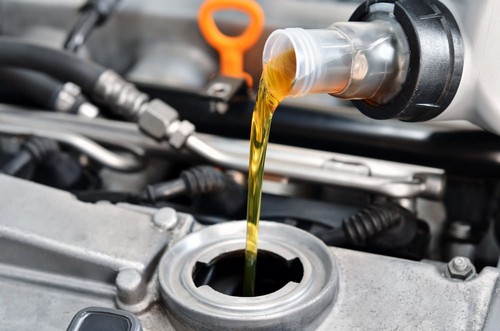
These three types of liquids must be selected taking into account the age of the vehicle.
The revolution that has taken place in the automotive industry has changed the demands for commonly exchanged liquids.
In a major simplification, cars can be broken down into older generations, both manufactured before 2000 and new structures manufactured after that date. Of course, there is a fairly conventional limit, but it is worth realizing that the working fluids for these two types of cars may differ.
In the case of engine oils, there is a trend of a continuous decrease in viscosity. In addition, about 10 years ago, units with particulate filters and cars with extended service intervals became popular. These characteristics set specific requirements for engine oils.
In the case of manual transmission oils, the difference relates to the material from which the synchrony is made. This also influenced the recommendations regarding the choice of lubricants. Coolant fluids also have a different character, depending on the type of engine and radiator. This must be taken into account when purchasing the fluid.
Antifreeze
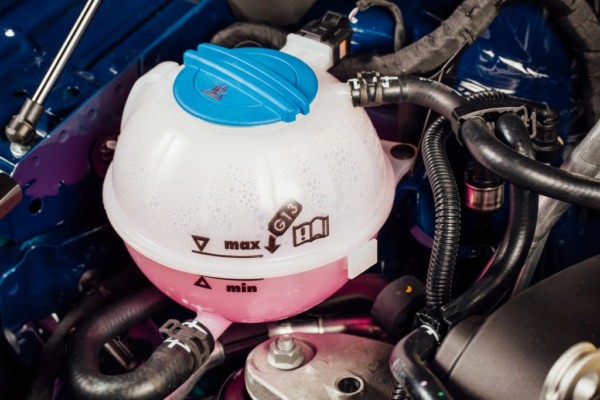
Cars until 1996.
Here, the age limit is usually in the mid-90s. Older cars with solder coolers (trademark: fully metallic) require a coolant with silicates (usually blue, green or G11). Newer liquids can be corrosive to old refrigerators.
Cars after 1996.
Aluminum radiators with plastic tanks have been commonly used since the late 1990s. Organic or hybrid coolants are required (they are often pink or purple, may have G12, G13). They have a much higher durability (up to 5 years) and better absorb heat.
Motor oil
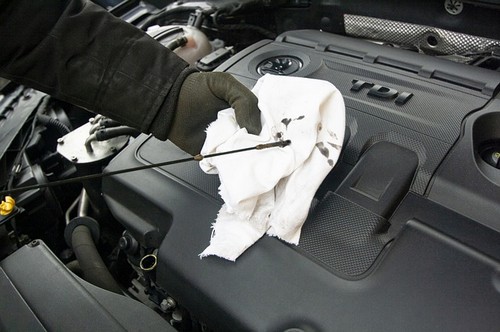
Cars up to 2000.
Cars up to 2000 should apply to SAE viscosity and ACEA quality. If synthetic landing benefits from the beginning, it will be best. With a higher degree of engine wear, it is usually sufficient to use mineral or semi-synthetic 10W-40 viscosity oil. Car manufacturers here usually do not have special oil requirements.
Cars after 2000.
In addition to the degree of viscosity and quality of ACEA, specific manufacturer requirements often occur and, if they are, must be respected. For example, TDI engines with injection pumps may require VW507.00 standard oil, Renault dCi FAP: RN0720 diesel, etc. Special requirements are for cars with DPF particulate filters (ACEA C class oils).
Oil in manual transmission
Cars up to 2000.
By the late 1990s, gearboxes usually had brass synchronous. This imposed a requirement to use GL-4 quality gear oil. Higher class oil can destroy synchronous.
Cars after 2000.
When the synchronous structure was changed, it was possible to use oils of the higher class GL-5. Provides reduction of resistance inside the gearbox. You can also use GL-4 / GL-5 oil.
Recommendation of similar texts:

Hi there, I am Mladen and I am an auto enthusiast. I started this blog years ago to help like minded people share information about latest cars, car servicing ideas, used car info, exotic cars, and auto technology. You will find helpful articles and videos on a wide variety of cars - Audi, Mercedes, Toyota, Porsche, Volvo, BMW and much more. Ping us if you have anything cool to share on latest cars or on how to make older cars more efficient, or just want to say hi!


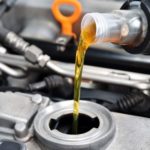


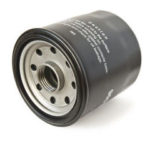
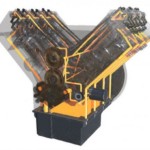
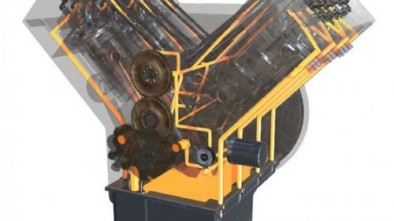
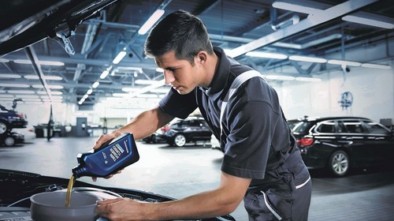
mercedes 124w 2.0 diesel 1989 year… ..which oils in a five-speed manual transmission, and which in the differential… ..thanks!